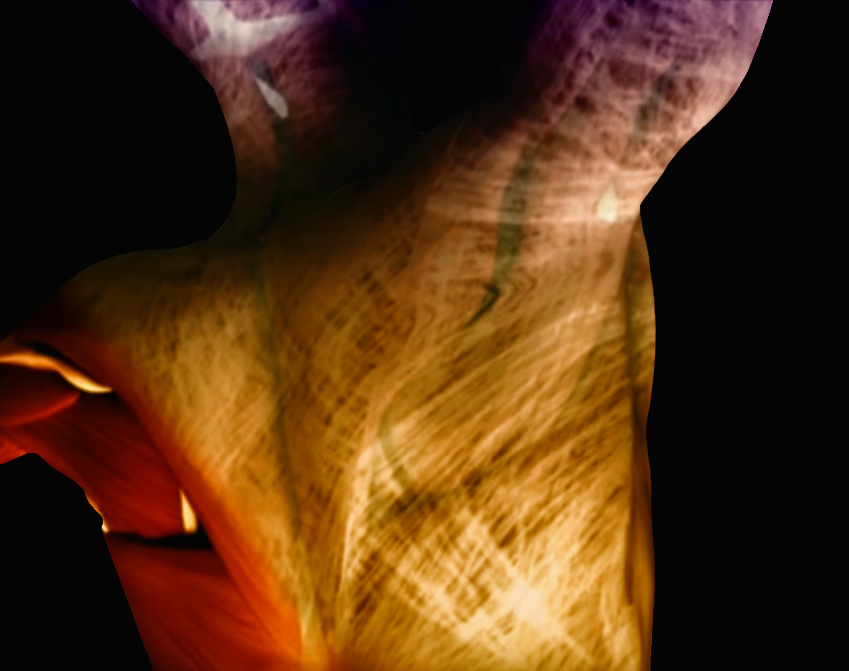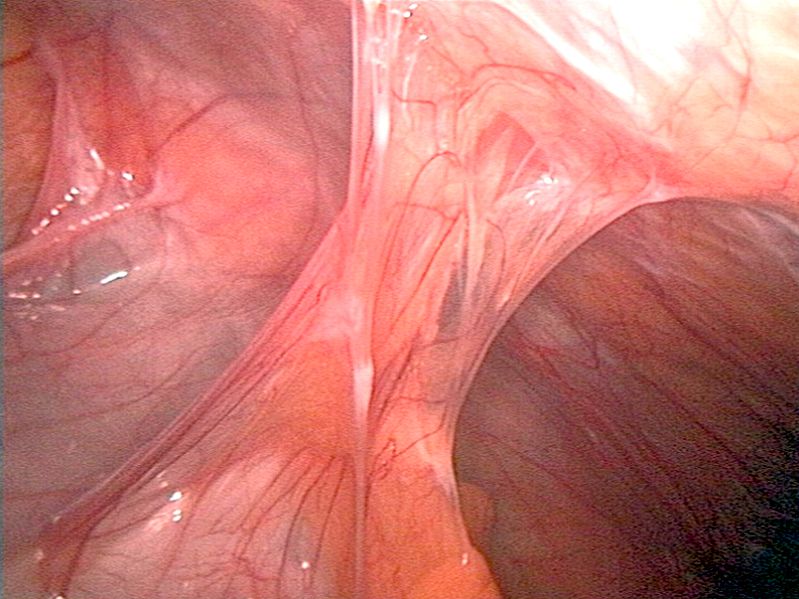Iliotibial band stores and releases elastic energy during running
ITB can only found in homo sapiens, and it has been hypothesised that ITB allows us to stand upright. A study from Harvard published in May 2015, examined how the ITB stores and releases elastic energy to make walking and running more efficient. The researchers developed a computer model to estimate how much it stretched ― and by extension, how much energy it stored — during walking and running. They found that ITB’s energy-storage capacity is substantially greater during running than walking, and that’s partly because running is a much springier gait.
Lead author Carolyn Eng explained the role the ITB plays in locomotion: One part of the IT band stretches as the limb swings backward, Eng explained, storing elastic energy. That stored energy is then released as the leg swings forward during a stride, potentially resulting in energy savings. It’s like recycling energy, replacing muscles with these passive rubber bands makes moving more economical. There are a lot of unique features in human limbs — like long legs and large joints — that are adaptations for bipedal locomotion, and the ITB just stood out as something that could potentially play a role in making running and possibly even walking more economical. Their calculation showed that largest strains in the anterior part of ITB occur in early swing with ITB stretching 0.9–1.7 cm beyond slack length. Meanwhile peak strains in posterior part of ITB occur in late swing, stretching 1.4–3.0 cm beyond slack length.
We asked Dr. Eng on how she measured the strains of ITB and the difference with the study by Falvey et al.
“In their study, Falvey et al. measured strains in the ITB when the subject’s joint angles are static and not changing. I am not surprised that their results suggest small strains in the ITB because they do not account for the muscle/ITB strains occurring when the joints move (e.g., hip and knee flexes for the posterior ITB). These joint angle changes play an important role in determining ITB strains in my study.”
“The ITB is undoubtedly integrated with other muscles and connective tissues in the limb and this determines the large forces being transmitted through the structure. While some of the forces generated by the muscles at the hip (i.e., gluteus maximus and tensor fascia lata) may be lost with their connections to other structures/tendons at the hip, a large portion will still be transmitted to the knee via the ITB. Using cadaveric dissections, I determined the percentage of the hip muscles’ cross-sectional area (and hence, force) that inserts on and is transmitted to the ITB and my calculations did not include the portions of these muscles that insert on bone or other tendinous structures at the hip.”
Eng, C. M., Arnold, A. S., Biewener, A. A., & Lieberman, D. E. (2015). The human iliotibial band is specialized for elastic energy storage compared with the chimp fascia lata. The Journal of Experimental Biology, 218(15), 2382-2393.
Read also
- Iliotibial Band Syndrome: ITB cannot be stretched
- ITB: Empirical evidence is the reality—Robert Baker
- ITB: Extrapolating results from research to hands-on manual therapy should be done with caution—Joe Muscolino
- ITB: Our methods still get results; it’s our explanations that need updating —Til Luchau
- Can you stretch the ITB?

